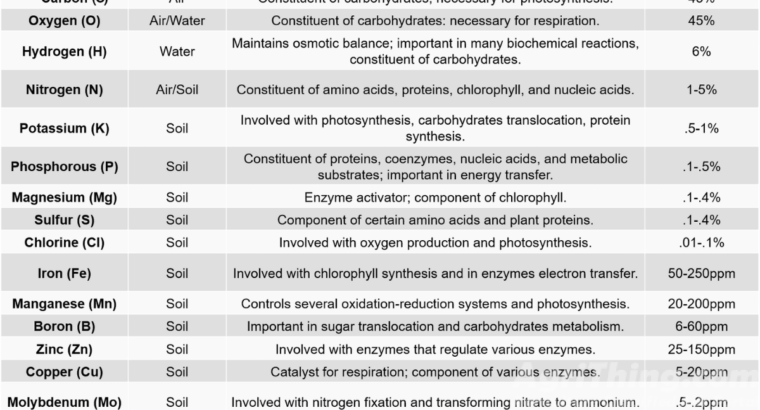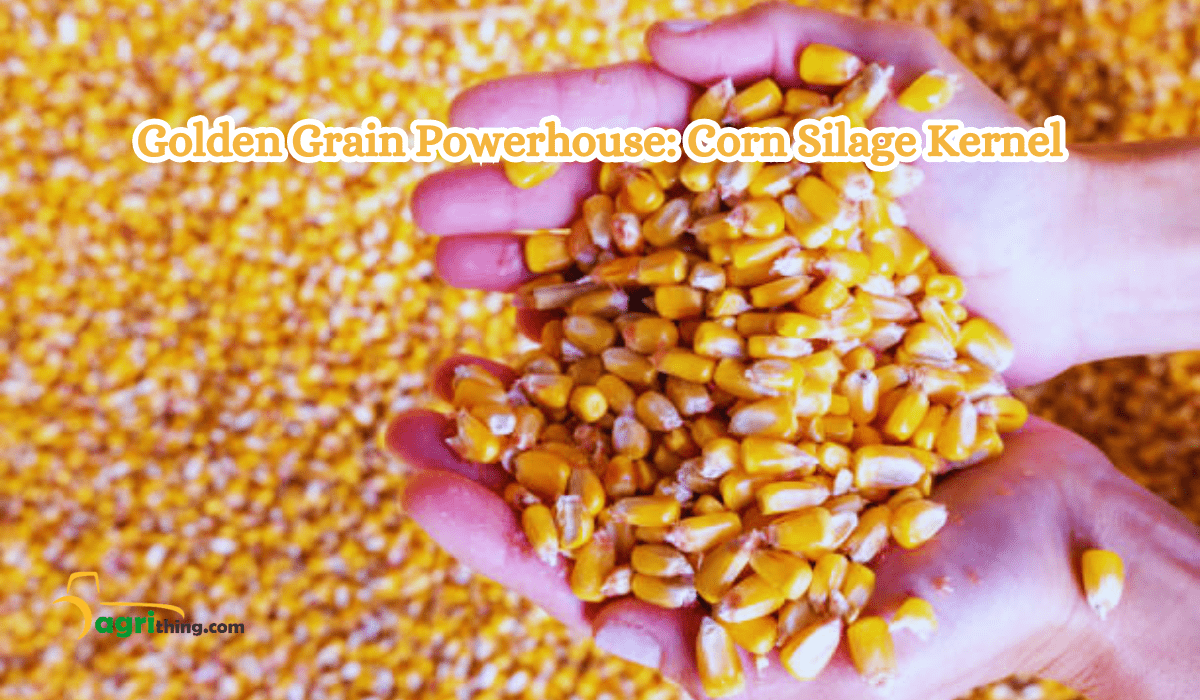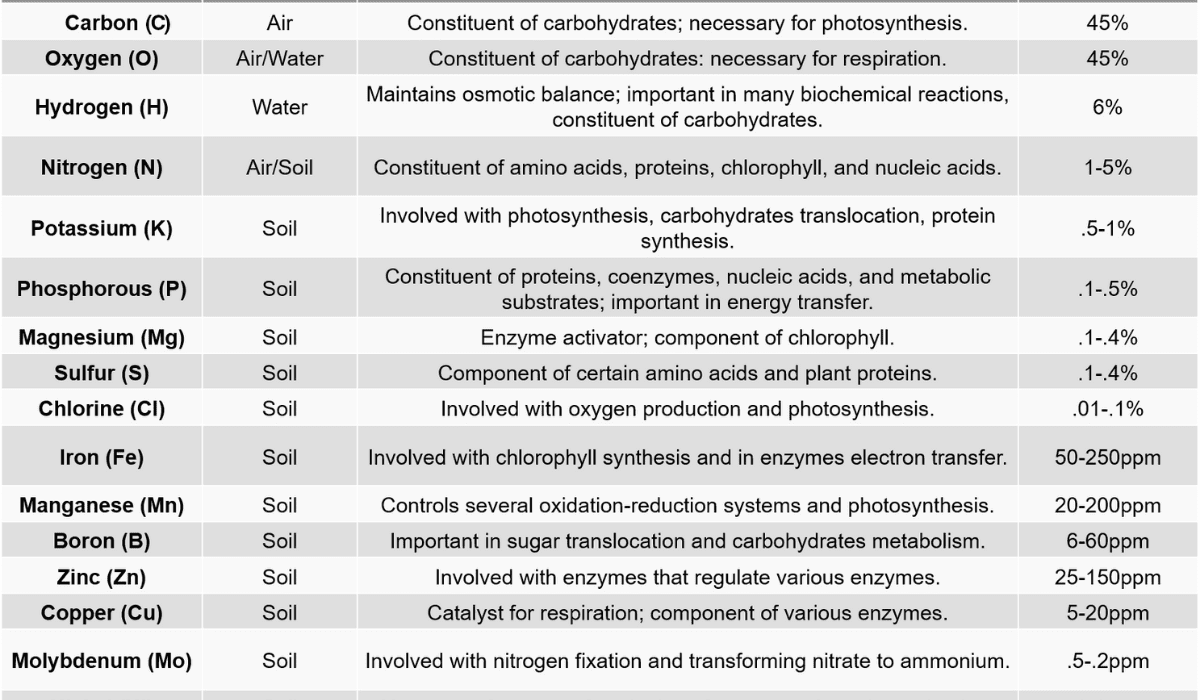Maximize Nutrient Availability in Corn Silage: 7 Proven Techniques
Corn silage is an important food for livestock, especially cows that chew their cud. It has lots of energy, tastes good for animals, and is easy to find, so it’s great for their diets. This article talks about why Nutrient Availability in Corn Silage matters and much more.
Table of Contents
Understanding Nutrient Availability in Corn Silage
Definition of Nutrient Availability
Nutrient availability in corn silage refers to how easily animals can digest and absorb the nutrients. Many factors affect this process, including the composition of the silage, the genetics of the plants, how the crops are managed, and the techniques used for ensiling. By optimizing these factors, we can increase the amount of nutrients animals can access. Thus, improving their performance.
Factors Affecting Nutrient Availability in Corn Silage
- Corn Harvesting: When corn is harvested for silage, the timing affects the nutrients. Harvesting early may result in high starch but less energy for animals. On the other hand, slowing the harvest increases fiber content, which makes it harder to digest.
- Chopping Corn: When harvested and stored, corn particles’ size also affects the nutrients. It is best to chop the corn into small pieces to ensure it is tightly packed. This promotes efficient fermentation and helps the animals digest the nutrients better.
- Moisture Level: It is important to have the right amount of moisture in harvested corn for effective storage. The correct moisture helps with fermentation and preserves the nutrients. However, if there is enough moisture, the corn can spoil, and the nutrients can be recovered.
- Additives and Inoculants: Using additives and inoculants in silage can also affect the availability of nutrients. These products contain helpful bacteria and enzymes that improve fermentation, reduce spoilage, and preserve nutrients.
Enhancing Nutrient Availability in Corn Silage through Crop Management
Choosing the Right Corn Varieties
Picking the right corn types is important for getting the most nutrients. Good-quality varieties made for making silage often have traits like easy digestion, more starch, and better fiber quality. When farmers choose the right types that match their nutrition goals, they can ensure plenty of nutrients in the corn silage.
Optimizing Planting Density and Spacing
Ensuring corn is spaced out and planted at the right density is important for getting the most nutrients. Having the right number of plants means they get enough light, have less competition, and can absorb nutrients well. Farmers can get more nutrients and a higher yield per acre by following suggested planting methods.
Implementing Effective Fertilization Strategies
Using the right amount of fertilizer is needed to give corn the nutrients it needs to grow and get the most nutrients in the silage. Farmers can figure out what nutrients are missing by testing the soil and planning to add the right amount of fertilizer. Keeping the nutrient levels right helps the plants stay healthy, improves the fodder, and gets the most nutrients.
Managing Pests and Diseases
Taking care of pests and diseases is important for keeping the crops healthy and ensuring plenty of nutrients. Checking the crops regularly, using strategies to manage pests, and applying the right control methods on time help reduce the damage from pests and diseases. Farmers can protect the nutrient availability in corn silage by keeping the crops safe.
Harvesting and Storage Techniques for Improved Nutrient Availability in Corn Silage
Corn Silage Harvest:
Get the Timing Right! To ensure corn silage is packed with nutrients, harvesting and storing it correctly is crucial. The best time to harvest is when the corn grain is at the early dent stage. At this point, the starch content and fiber digestibility is perfectly balanced. Thus, maximizing the quality of nutrients for livestock.
Harvest and Store Properly:
Remember to consider the importance of proper harvesting and storage techniques in keeping the nutrients intact. Consistency in particle size, packing density, and chop length during ensiling are key factors. By paying attention to these details, you can prevent nutrient losses and maintain the quality of the feed.
Boost Nutrient Availability with Additives:
To take things a step further. You can use silage additives to improve nutrient availability in corn silage. High-quality inoculants and preservatives help beneficial microbial fermentation. Keep undesirable microorganisms at bay, and preserve nutrient goodness. By using these additives, farmers can enhance nutrient availability and ensure the quality of the feed throughout the ensiling process.
Fermentation and Nutrient Preservation in Corn Silage
Microbial Processes During Ensiling
Microbes are important in ensiling and impacting the nutrients available. Lactic acid bacteria are key for fermentation. They turn sugars into lactic acid, which reduces the pH and makes it difficult for spoilage organisms to survive. This preserves nutrients and makes them easier for animals to digest.
Enhancing Fermentation for Improved Nutrient Preservation
Microbes are important in the process of ensiling, which affects the Nutrients Availability in Corn Silage. Lactic acid bacteria are essential for fermentation. They convert sugars into lactic acid. Which lowers the acidity and creates an environment that is not favorable for organisms that spoil the food.
Managing Aerobic Spoilage
When exposed to oxygen, silage can undergo aerobic spoilage, leading to the loss of nutrients and decreased feed quality. To prevent this, minimizing silage exposure to oxygen while feeding it out is crucial. Additionally, properly covering silage piles or bunkers is important. We can maintain nutrient availability in corn silage by implementing effective management practices. Thus, preventing spoilage losses.
Evaluating and Balancing Rations for Nutrient Utilization
Analyzing Corn Silage Composition
Farmers regularly analyze the composition of corn silage to find out what nutrients it contains and if it’s good for animals to eat. They look at how much dry stuff is in the protein, fiber, starch, and minerals. By doing these tests, they can make sure animals get the right mix of nutrients and use them well.
Formulating Balanced Rations Based on Nutrient Content
Farmers can create balanced meals for animals by using the composition of corn silage and considering what the animals need. They look at how much energy and protein there is, the amount of fiber, and the balance of minerals. By getting these things right, they can give the animals the right nutrients and help them perform better. Balancing the meals helps the animals use the nutrients well, which makes them healthier and more productive.
Considering Feed Additives for Optimal Nutrient Utilization
Along with balanced meals, farmers can use special substances called feed additives to make the most of the nutrients in corn silage diets. These additives, like enzymes, probiotics, and yeast derivatives, help the animals digest fiber better, keep their stomachs healthy, and absorb more nutrients. When farmers add these substances to the meals, it boosts the amount of nutrients the animals can use and makes them perform even better.
Monitoring and Managing Feed Efficiency
Measuring and Tracking Feed Efficiency
It is important to keep an eye on how efficiently animals convert nutrients from their food. Farmers can use measurements like feed conversion ratio (FCR) and residual feed intake (RFI) to see how well the animals turn food into products like milk or meat. By regularly checking these measurements, farmers can spot any problems and make meal changes. This helps them improve how productive the animals are overall.
Adjusting Rations Based on Animal Performance
By closely watching how animals perform, such as how much milk they produce, how fast they grow, and their body condition, farmers can use data to make smart changes to their meals. They can see how the animals respond to different diets and ensure they have the nutrients they need. This helps them use their food efficiently and get the most out of their production.
Implementing Feed Management Strategies
Good practices for managing animal feed are crucial for making the most of the nutrients. It’s important to store the feed properly, reduce waste, and stick to regular feeding schedules. This helps the animals take in and use the nutrients efficiently. By managing the feeding areas well, testing the feed, and weighing it accurately, farmers can keep the feed in good condition and prevent losing important nutrients.
Environmental Considerations and Sustainability
Managing nutrients properly is important to reduce their loss and environmental impact. Nutrients that runoff from silage production can pollute water and cause eutrophication. To prevent this, we can use strategies like testing the soil, applying nutrients precisely, and using cover crops. These methods help to keep nutrients from being lost and maintain good water quality.
Implementing Best Management Practices
Using best practices in corn silage production improves sustainability and reduces environmental impact. These practices include rotating crops, using conservation methods when tilling the soil, managing pests in an integrated way, and using fertilizers responsibly. By following these practices, farmers can ensure nutrients are available for the crops, conserve resources, and support long-term agricultural sustainability.
Recycling and Utilizing Manure Effectively
Managing livestock waste properly is extremely important for recycling nutrients and promoting sustainability. When waste is used as a source of nutrients for growing corn, it enhances soil fertility, decreases the need for synthetic fertilizers, and encourages circular agricultural systems. By employing suitable techniques for managing waste, farmers can optimize the use of nutrients, minimize waste, and contribute to sustainable farming practices.
Nutritional powerhouse: Corn silage for healthy livestock.
Conclusion
To optimize the nutritional value of corn silage for animal feed, farmers must prioritize the nutrient availability in corn silage. They can do this by taking good care of their crops, using the right techniques to harvest and store them, ensuring optimal fermentation, balancing the animal’s diet, and keeping an eye on how efficiently they eat.
These things make the nutrients better and help the animals do their best. Farmers also help the environment and keep things sustainable by using good practices and not losing too many nutrients. When farmers focus on ensuring there are lots of nutrients and do everything right, corn silage is at its best, and everyone benefits – the farmers make more money, and the animals are healthier.
Frequently Asked Questions (FAQ’s)
How does nutrient availability affect corn silage quality?
The quality of nutrient availability in corn silage is affected by the nutrients it contains, how easily it can be digested, and how valuable it is as livestock feed.
What are the common challenges in maintaining nutrient availability in corn silage?
Keeping the nutrients available in corn silage can be challenging. This includes harvesting it at the right time, storing it properly, and preventing it from spoiling.
Can using high-quality silage inoculants enhance nutrient availability?
Good silage inoculants can help make the nutrients in corn silage more available. They do this by helping with fermentation, preventing spoilage, and keeping the nutritional value intact during storage.
What are the key components of a balanced corn silage ration?
To make a balanced corn silage diet, you need the right mix of energy sources, protein supplements, minerals, vitamins, and additives. This is important for meeting the nutritional needs of livestock.
How can farmers optimize nutrient utilization in dairy cow diets?
Farmers can improve how cows use nutrients in their diet by analyzing them accurately, balancing energy and protein levels, providing enough fiber, and using additives to help with digestion and absorption.
Related Articles
Want to purchase top-quality silage? Visit our Agricomplex website to explore our wide range of silage products.
People Also Asked
What is the importance of moisture level in corn silage?
The correct moisture level in harvested corn is important for effective silage storage, fermentation, and nutrient preservation.
What is nutrient availability in corn silage?
Nutrient availability in corn silage refers to how easily animals can digest and absorb the nutrients present in the silage.
How can crop management enhance nutrient availability in corn silage?
Choosing the right corn varieties, optimizing planting density, implementing effective fertilization strategies, and managing pests and diseases can enhance nutrient availability in corn silage.
What are the key techniques for harvesting and storing corn silage to improve nutrient availability in Corn Silage?
The timing of corn silage harvest, proper harvesting and storage techniques, and additives can improve nutrient availability in corn silage.
How does recycling and utilizing manure contribute to sustainable farming practices?
Using manure as a nutrient source for growing corn improves soil fertility, reduces the need for synthetic fertilizers, and promotes circular agricultural systems, thus supporting sustainable farming practices.




